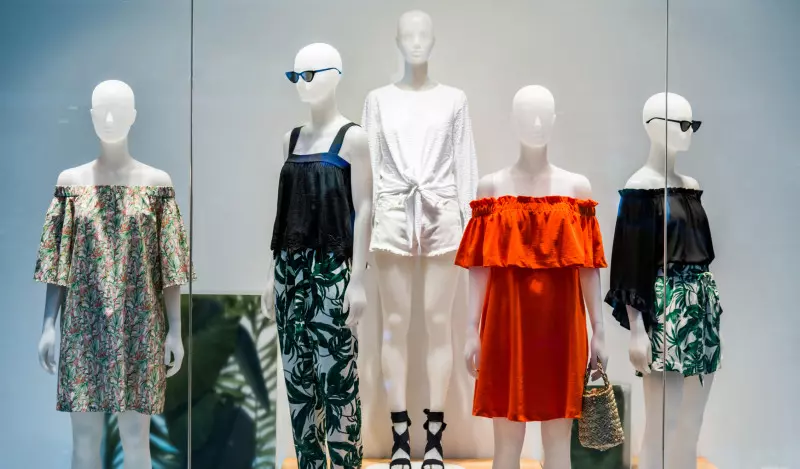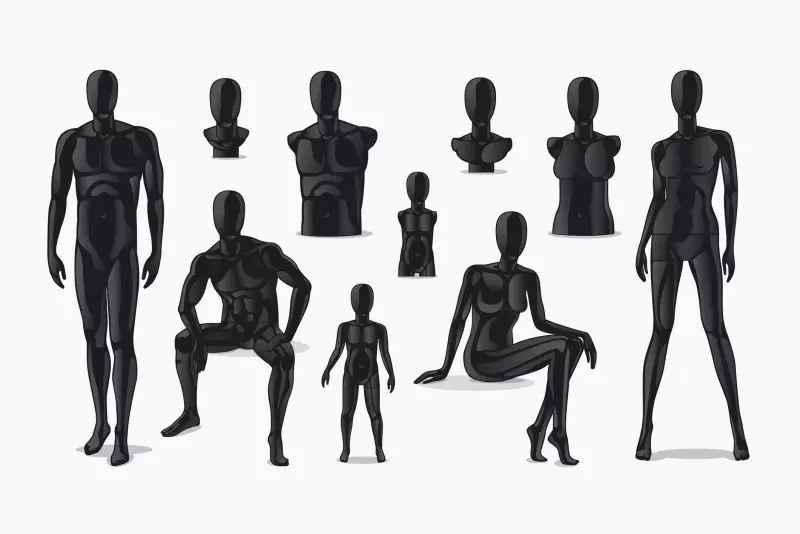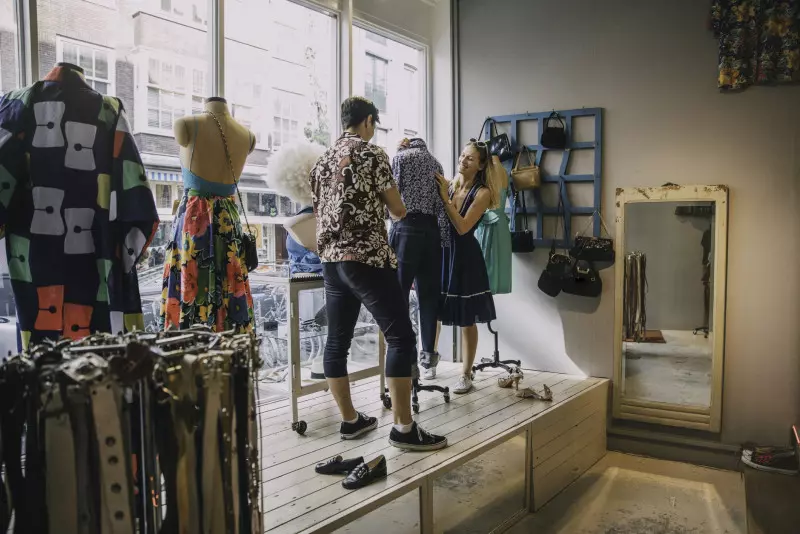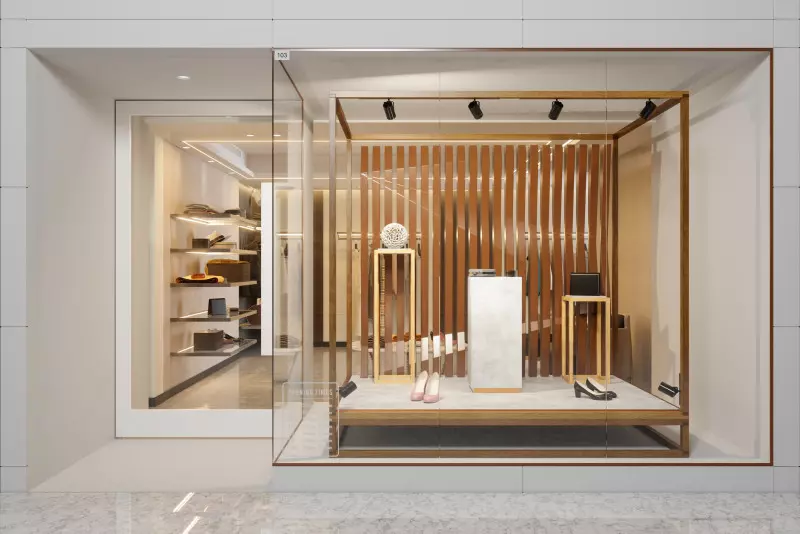Visual merchandising is the method or technique of using attractive products to bring in curious customers and motivate them to buy something you’re offering. It’s what helps cultivate your retail image.
All of those beautifully designed and created products, sitting prettily on shelves and racks, are displayed for the sole purpose of attracting people and getting them into your store. However, the placement of those display products isn’t random, it’s based on a well-thought strategy and motif; otherwise known as visual merchandising.
Often, your store space says more about your brand than even your customer service. What color scheme you choose, what products you choose to display, and which items are placed where; all of these things are decided using a highly efficient visual merchandising system.

Establishing and Maintaining a Retail Image
Visual merchandising is where it begins and ends! This process involves various things, all used to strategic advantage. It’s almost an art, really. Good visual merchandising does a great job of selling your brand and products to consumers without a single word spoken.

Mannequins
Mannequins are one of the oldest and most popular ways of displaying clothes or other apparel items. By imitating the human body, a mannequin makes what you’re trying to sell that much more relatable to those walking by. They can get a good visual of what that item might look like if they themselves were wearing it.
However, keep in mind mannequins should be chosen after considering the type of product you want to show off. That way you can make sure you’ve got the best mannequin for the job, so to speak!

Window Displays
As humans, we can’t help but be attracted to beautiful things. We also can’t help but look at something that is out of the ordinary. So, regardless of the way your window display is set up––whether it’s beautiful, or striking for an entirely different reason––people are bound to look.
Your goal should always be to showcase your best products. Be sure to include some newly launched items, set up under the best lights, and displayed at just the right angles for maximum ‘wow’ power.

Interactive Displays
In our culture of technology, interactive displays are highly fashionable right now. Almost all big brands, pretty much everywhere in the world, use interactive display screens to advertise their products.
Using them, you can ‘virtually visualize’ how good––or bad!––you look while sporting that brand’s product. Some interactive displays may even include additional features, like chatting with a robot to obtain better product recommendations and location information.

Checkout Counter
Most customer counters nowadays come designed with completely automated, self-checkout systems. Instead of considering the checkout display as a last stop and failing to put much effort into decorating it, consider it just as important as any other part of your store and deck it out to the nines.
Make sure this area represents your brand and decorate it using some of your best selling items, depending on size. It’s the last area your customer’s will see as they leave your store, so make their final impression a lasting one!

Aesthetic
Another important factor in visual merchandising is to consider the aesthetics of the room you’re designing. Whether you’re adding window displays, or setting up a checkout counter, it should all fit seamlessly into one overarching theme and aesthetic that matches your brand and business. This includes the color scheme you use on your walls, flooring, furniture, and other decor items and signage.
Retail Imaging is Visual Merchandising
Essentially, your retail image is the application of your visual merchandising efforts. It’s the final image your store presents that has been carefully crafted by applying the various principles of visual merchandising.
The final goal? To boost sales and increase revenue, of course!













Leave a Comment
Comments (0)